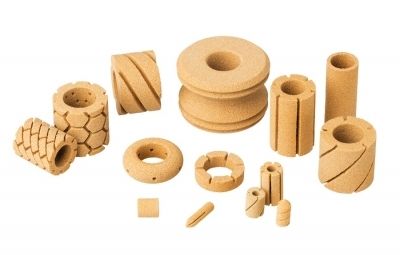3M Introduces High Performance, Precision Structured Internal Grinding Wheels
Specifically designed abrasive tools require tight wheels, geometry, and tolerance for mass production. Companies that grind in the most complex ID applications need tailor-made solutions that adapt to tool design and specifications, and offer improved outcomes. 3M’s new Precision Structured Portfolio for internal grinding brings to market the first product available using 3M’s expertise in abrasives, bonding, manufacturing and 3D technology: 3M Precision Structured Vitrified CBN Grinding Wheel 1PVP.
“We listened to customer needs before we pioneered Precision Shaped Grain in Conventional Bonded Wheels, and we’ve seen significant productivity benefits in ID Grinding for our customers,” said Felix Thun-Hohenstein, global business director, abrasives systems division. “But many customers are using Super-Abrasives and are also seeking process improvements—now we’re engineering a Precision Structured portfolio of products that could help customers see similar benefits in very challenging ID grinding situations.”
Digital modelling, combined with a 3D printing process, allows flexibility in wheel design in terms of wheel shape. This includes unique 3D shapes and structures, surface slots, integrated cooling holes, passages and channels – all key elements that improve outcomes in detailed applications like fuel injectors, rotary bearings, steering components and more.
“In initial testing we’ve seen higher removal rates up to 40 percent when using the precision structured products, as well as lower grinding force,” continued Thun-Hohenstein.
3M’s new precision structured portfolio for ID grinding gives the capability to provide different kinds of geometries and shapes. 3D printing structures are made by the addition of thousands of miniscule layers which combine to create the products. Similarly, 3M wheels can now be built layer-by-layer according to their design. As a result, the performance is easier to adjust and can create tools with a more homogenous distribution of grit and pores. Additionally, 3D technology allows unique implementation of coolant delivery through bore methods, which can result in improved process performance and workpiece quality.
By specifying shape and formulation including bond porosity, 3M is now able to optimize wheel design which can help reduce process cycle time, increase dressing intervals and extend wheel life.





